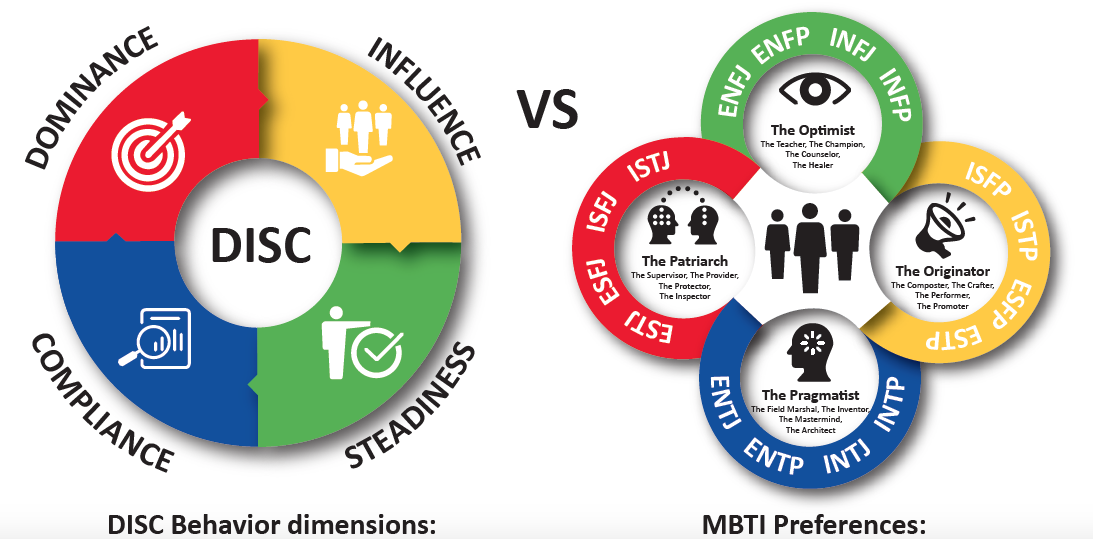
 Consider how many hours go into training for the Olympics. Ultimately, an Olympic gymnast trains for years before hitting the mat with her teammates. So, we should do no less for our sales leaders!
There are many reasons why sales training doesn’t work. The right sales training techniques, however, can help your sales team train for their own unique “Sales Olympics.”
Consider how many hours go into training for the Olympics. Ultimately, an Olympic gymnast trains for years before hitting the mat with her teammates. So, we should do no less for our sales leaders!
There are many reasons why sales training doesn’t work. The right sales training techniques, however, can help your sales team train for their own unique “Sales Olympics.”
Sales Training Not Working? Here are Five Reasons Why Your Training Fails
A typical sales training scenario is a one-day, half-day or even shorter training session. That involves, an expert, consultant or high-producing salesperson to be invited into a company to speak to their sales team. The expert may hand out books or binders, encourage team members to participate in team-building exercises and listen to plenty of motivational speeches. After a day of receiving exhaustive knowledge on communications, persuasion, prospecting and follow-up, the sales team is told they have successfully completed training. They return to their regular work the following day, and soon the old habits return.
Here are five common reasons why sales training often fails.
1. Activities are not tailored to adults. Considering the typical sales training model, it is unsurprising that companies fail to achieve their training ROI. KONA Group CEO Garret Norris, an expert in adult education, identified several key factors for best practices for adult learning. Adults need training that speaks to their learning needs, not training modelled after typical university classroom practices.KONA Group CEO Garret Norris on Why Training Does Not Work
Adults engaged in learning activities need to:- Know why they are participating in an activity.
- Feel invested in the outcome — “What’s in this for me?”
- Learn through doing. Newly learned activities must be practised to become second-nature.
- Solve problems. Solving problems helps place a new activity into an adult’s long-term memory.
- Learn in a social setting. Adults, even more than children, prefer to learn while among peers.
- Tap into their life experience. That is, so they forge connections between what they have just learned and real-life scenarios and situations they remember.
- Integrate new knowledge with existing information. They like to see a connection between what they have just learned with things they have previously learned.

2. Not enough time allowed for results.
Another factor often overlooked in why sales training doesn’t work is leadership. Companies may invest in sales training, but if the company’s leadership team doesn’t support the time required to learn new skills, sales training may fail. Companies often seek immediate ROI for investing in sales training, but as we have seen, this is an unrealistic expectation. Failing to give the participants enough time to learn, practice and perfect new skills is like asking an out-of-shape adult to run a 10K next week — you can ask, but the person is likely to fail (never mind get hurt!). To truly enact a culture of continuous learning in your organisation, you must “put your money where your mouth is” and pay more than lip service to sales training. Corporate leaders must be willing to allow salespeople to attend training. They must be patient while new skills are learned. Systems must be set up to monitor, measure and report on sales results, with the data used not to punish low performance, but instead to coach and train for improvement.
3. Lack of leadership buy-in and participation.
Can you imagine a NRL team coach who never attends practice? Or the captain of the AFL team telling his players he’s too busy practising his surfing to attend team practice? The same thing happens with many sales managers: they assign personnel to training without attending training themselves. When sales managers fail to attend training, it leads to a big disconnect between “Do as I say” and “Do as I do.” They give mixed messages about the importance of training. Perhaps more importantly, they cannot model the appropriate behaviours because they haven’t learned alongside their staff what’s important.
4. Start With the End in Sight: Set Goals
The first step to creating an ideal sales training model is to begin with the end goal in mind. Establish key goals, metrics and measurements first, before creating your training. Identify what you would like the sales team to learn, know and do after the training is completed. The goals for product knowledge sales training may be quite different from the goals for sales skills training. Identifying which skills to focus on first, and the desired outcomes, will have the most impact. Additionally, practising in a safe, supportive training environment takes much of the risk out of trying new activities. A supportive and encouraging coach ensures people know when they have demonstrated a new skill successfully.
To GET YOUR TEAM INVOLVED IN ACTIVE LEARNING AND ENGAGED IN THE ART OF SALES contact
KONA 1300 611 288 | info@kona.com.au for a confidential conversation today.








 4 Ways to Get More From the Training Days You Attend by Kate Hirst, Performance Coach at the
4 Ways to Get More From the Training Days You Attend by Kate Hirst, Performance Coach at the  (
(

































































